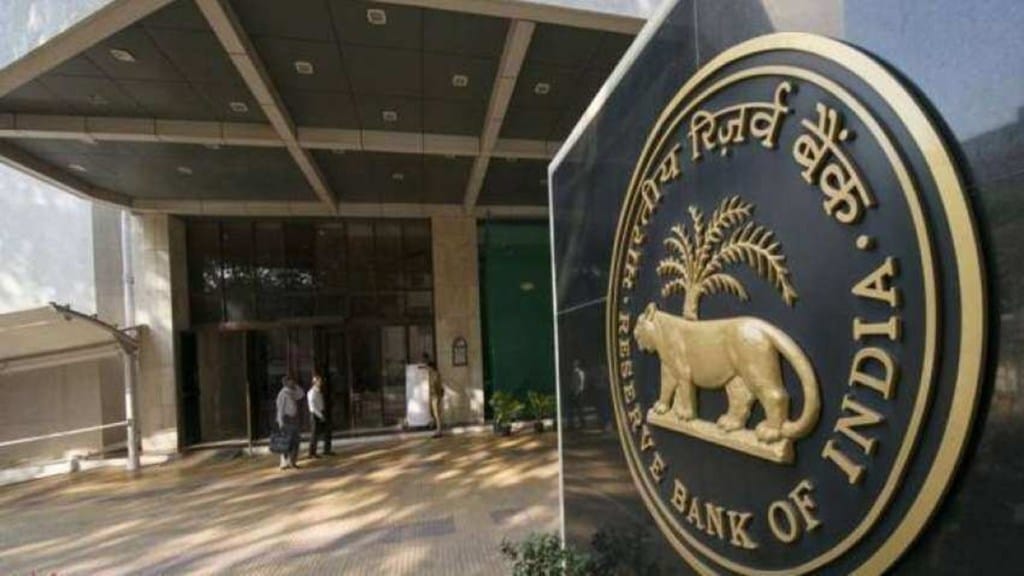Loans and advances by non-banking financial companies (NBFCs) grew 18.5% in FY24, primarily driven by upper-layer NBFCs, according to the Reserve Bank of India’s report on trend and progress, released on Thursday. NBFCs’ credit growth stood at 17.4% in FY23.
The credit growth of middle-layer NBFCs was relatively muted on account of a contraction in unsecured loans.
As on March 2024, more than two-thirds of the aggregate credit exposures and total borrowings of NBFCs were long-term – more than 12 months. Credit to industry and retail sector accounted for almost 71.2%, the highest percentage in the entire loan portfolio. It was followed by the agriculture and allied sector and micro, small, and medium enterprises (MSMEs).
Industry wise, credit to the power sector accounted for 75.2%, driven by large government-owned NBFCs. Vehicle loans, loans against gold and microfinance loans have been the stronghold of NBFCs, together accounting for 56.7% of their retail portfolio at end-March 2024, the report showed.
Credit to the MSME sector witnessed a steady expansion, with its share in total loan portfolio standing at 11.7%. This is expected to pick up with the expansion of unified lending interface.
The vehicle loan portfolio grew at a faster pace compared with banks. Vehicle loans remain the largest component of NBFCs’ retail portfolio with a share of 34.7%.
The increase in risk weights on banks’ lending to NBFCs due to latter’s excessive reliance on bank borrowings has weighed on NBFCs borrowings from banks. Consequently, unsecured lending moderated.
On the liability side, due to decline in credit from banks, NBFCs resorted to market borrowings such as debentures and commercial papers. For deposit-taking NBFCs, public deposits remain an important source of funds. Asset sales and securitisation have of late emerged as important funding sources, particularly because of their role in facilitating liquidity management, said the report.
However, bank borrowings remain the primary source of funds for NBFCs. Overall banks’ exposure as a share of NBFCs’ borrowings moderated from 43.1% at end-March 2023 to 42.7% at end-March 2024. Overall banks’ exposure to NBFCs as share of total credit also declined. Funds mobilised by NBFCs through issuance of non-convertible debentures increased in 2023-24, with more than 80% of issuances being highly rated (AAA or AA). Borrowings via CPs also increased.
NBFCs also secured funds from foreign sources, mainly through external commercial borrowings (ECBs) and issuance of debentures. At end-March 2024, foreign liabilities stood at 8.8% of aggregate liabilities of the sector, led by ECBs, accounting for 57.5%.
At the end-September 2024, capital to risk weight asset ratio of the sector stood at a comfortable level of 26.1%, well above the regulatory requirement of 15%. The overall gross non-performing asset ratio dropped to 3.4%.

